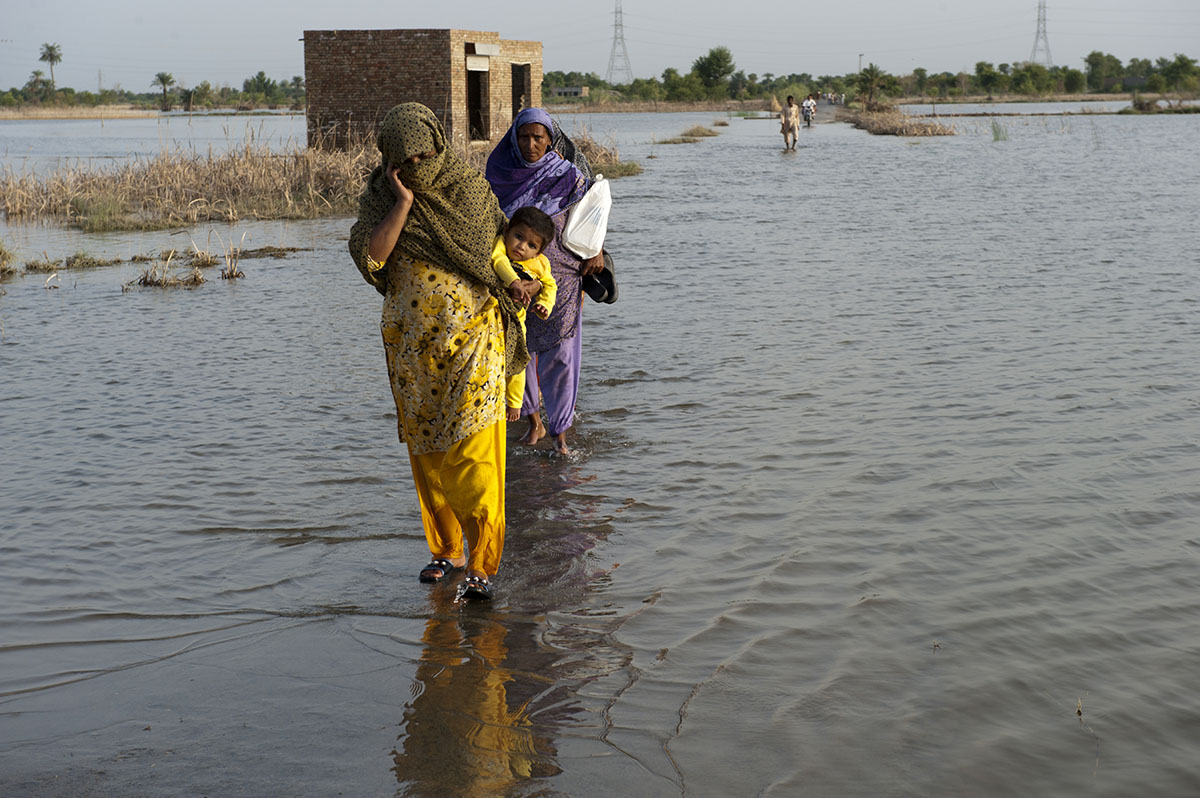Flood risk management plans or projects require an understanding of both the technical nature of the flood as well as the way in which it interacts with land, the communities that occupy it, and development plans. Sound analysis based on quantitative data helps in understanding the physical attributes of a flood, while interaction with stakeholders aids understanding of land use and affected communities’ exposure and vulnerability.

The objective of IFRM is to cost-effectively manage the risks posed by floods across landscapes, considering existing and future scenarios, and to improve flood resilience by:
- minimizing economic damages and loss of life, and limiting potential negative impacts to health, well-being, and economic development;
- maximizing sustainable economic benefits of land use; and
- improving or maintaining floodplain ecosystems dependent on flood inundation.
The approach has the advantages of being robust, flexible, and adaptable, as well as comprehensive. It encompasses wider benefits than could be provided by any single solution.
Flood risk management is rarely entirely about flooding. Often flood issues cannot be separated from broad economic and social development issues, as well as land and environmental management. Adopting a holistic, risk-based integrated approach allows for comprehensive solutions and linkages to other opportunities.